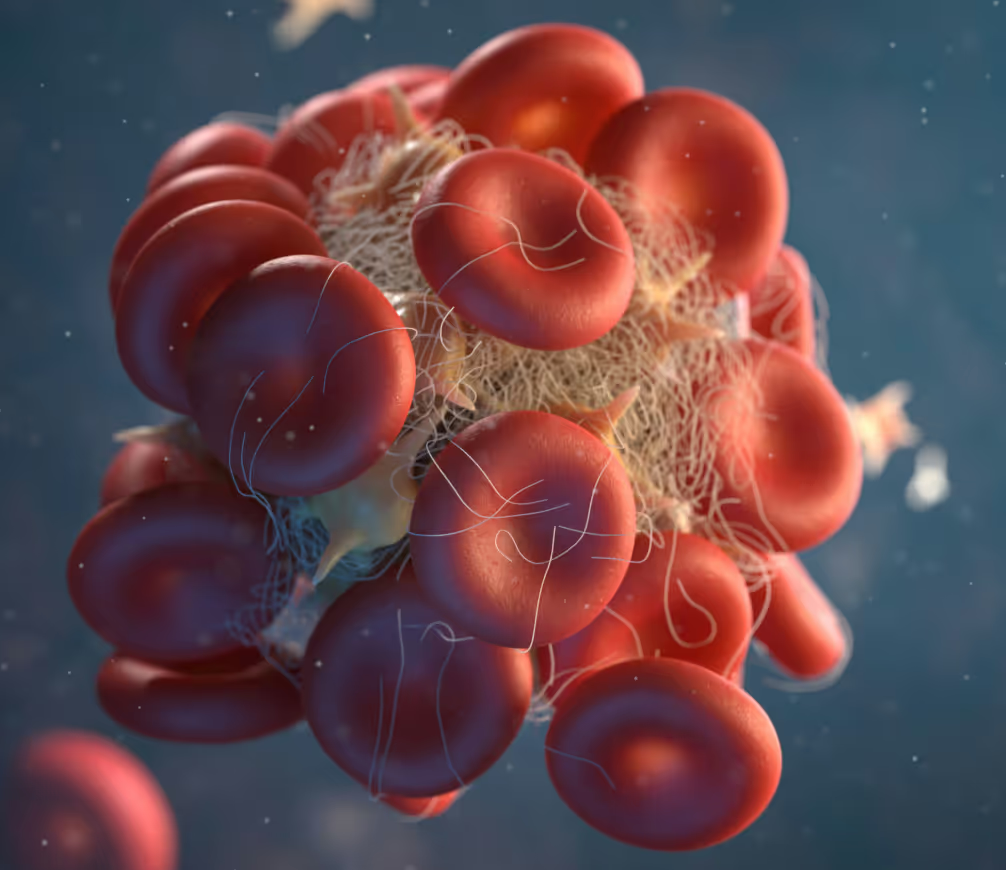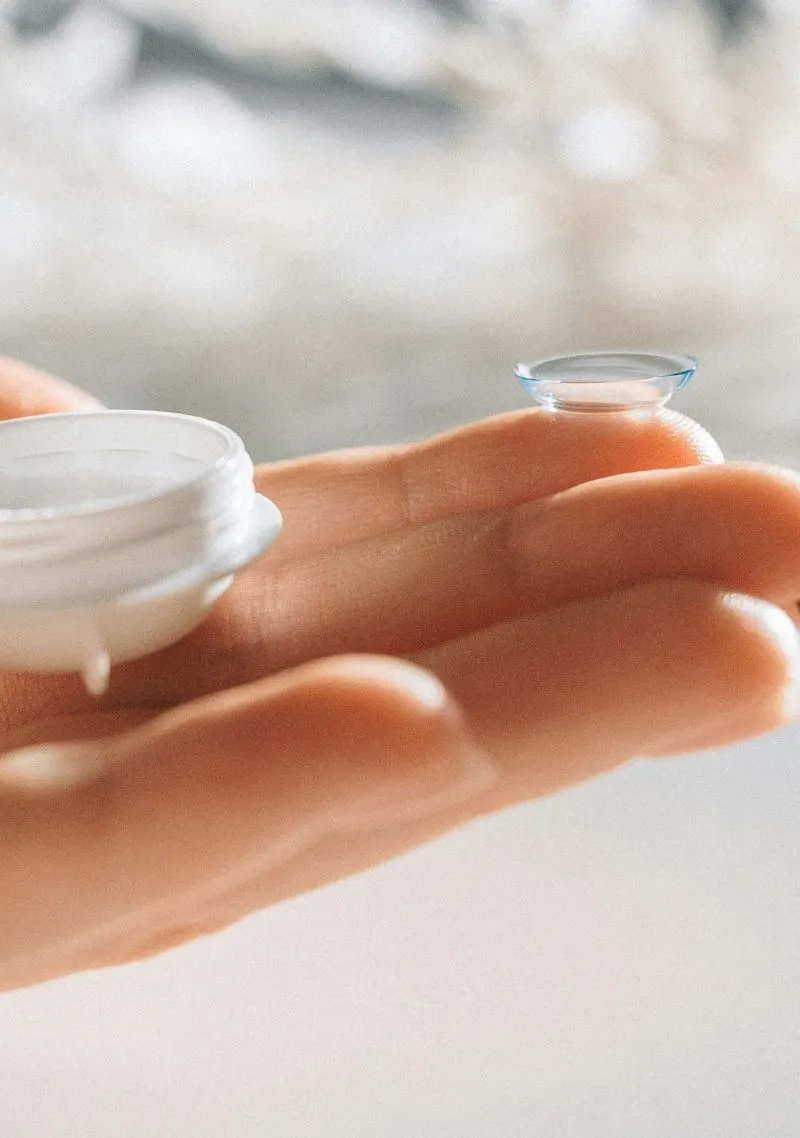.avif)
Oncology
Breast Cancer
In 2022, an estimated 287,850 women in the United States were diagnosed with invasive breast cancer: approx. 43,250 deaths. And about 1 in 8 American women will develop invasive breast cancer over the course of her lifetime.
Breast cancer is a multifactorial, heterogeneous disease that requires a clinical, multidisciplinary approach to diagnose and manage. At present, diagnosing breast cancer relies primarily on mammography, which has saved numerous lives but also generated controversy due to the risk of false-positive results and overdiagnosis of indolent disease.
We have progressed enough to identify biochemical markers to diagnose and manage breast cancer. While the FDA has approved markers like CA 15-3, CA 27-29, and HER−2, they lack sensitivity for early cancer detection.
Know more about
Our approach
Based on the current breast cancer paradigm, it is thought that a single biomarker is not sufficient to detect DCIS in early stages. However, our discovery of a single, powerful cancer biomarker coupled with the limitations of current diagnostic approaches has led Halcyon to develop several technologies that detect early-stage cancer to monitor cancer progression and inform treatment efficacy.
The problem
Serum biomarkers for early detection of breast cancer

.avif)
Solving for Sensitivity
CA 15-3, the most commonly used breast cancer biomarker, has a low sensitivity of 10% for the detection of early stage tumors.
And although biomarkers such as the soluble form of MUC1 protein (CA 15-3, CA 27-29), MUC16 (CA 125), carcinoembryonic antigen (CEA), and circulating cytokeratin fragments have been suggested as diagnostic markers, they lack sensitivity for early disease detection.

Innovating At-Home Detection
Due to cancer diagnostic limitations, including patient costs and poor sensitivity, as well as a lack of innovation regarding serum biomarker technology, it is of high importance to develop new technologies that can detect early-stage cancer, monitor cancer progression, and enhance treatment effectiveness.
Our discovery that overexpression of GASP-1 is involved in breast cancer initiation, progression, and invasion provides the first example of a single biomarker that can accurately detect the early stages of breast cancer and trace cancer progression to later stages.
Now, we are developing an at-home solution that anyone, anywhere can purchase and use to detect the presence of any cancerous cells before costly and invasive hospital visits.
Halcyon has discovered a protein-based cancer biomarker for early stage detection.
Development of a universal biomarker test kit for early-stage detection of breast cancer.
Our main goal: to develop an at-home test kit using the GASP-1 protein, which is minimally present in “tumor-free” cells and shows significant overexpression in IHC imagery during cancer progression.
If successful, this would be a cheap, non-invasive method for detecting early-stage breast cancer.
Development of an ELISA assay at-home test product for detection of any cancer.
We will then quantify GASP-1 levels in serum samples from normal individuals and from patients with DCIS (Stage 0), early (Stage I), and late stages of breast cancer (Stages III and IV).
This will allow us to create an ELISA test for early detection of breast cancer that can support assessment of cancer severity.
Development of a precise, digital cancer imaging tool for pathologists.
In parallel, we have built an imaging prototype that very accurately distinguishes between DCIS and cancerous cells using GASP-1 expression in IHC images.
We intend for this tool to enhance both patient and pathologist experience by allowing quicker assessment of any cancer cells and their progression.








